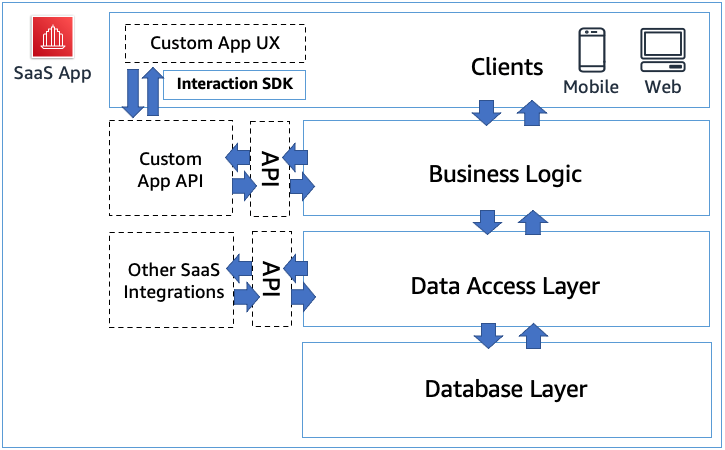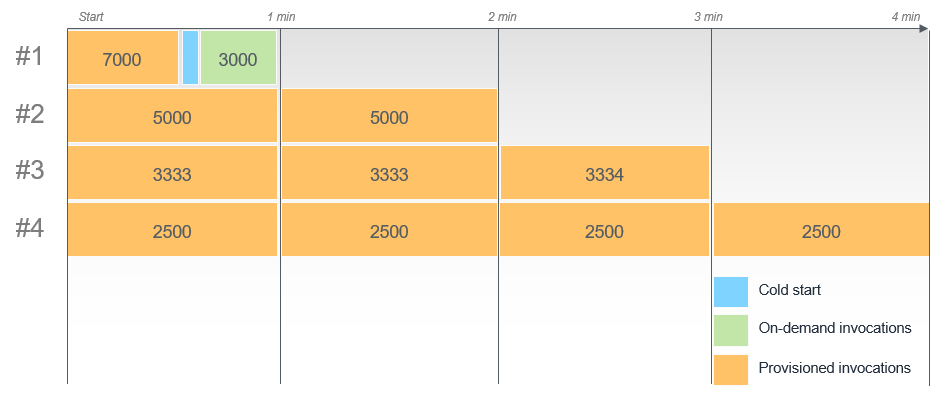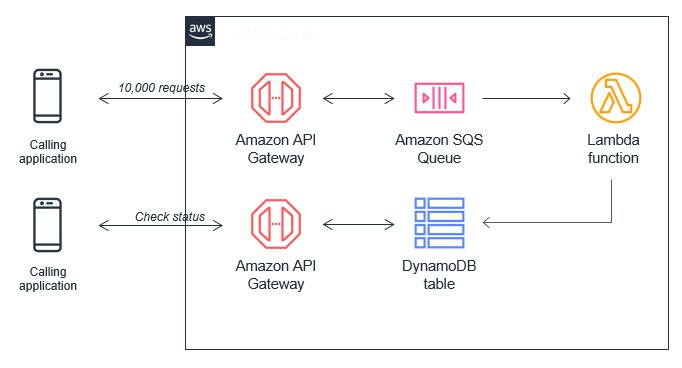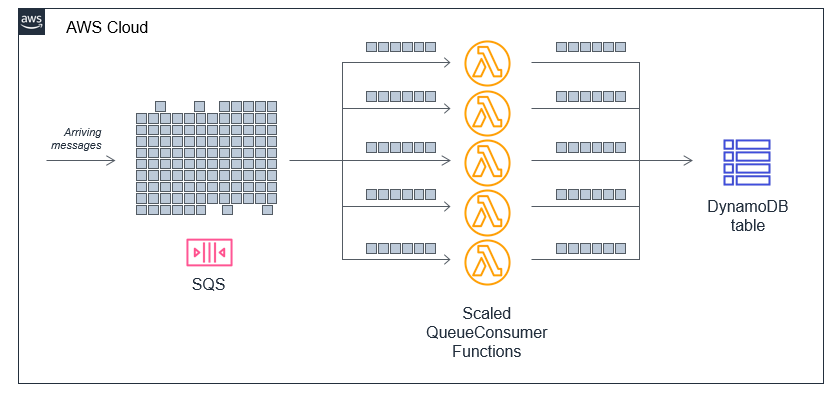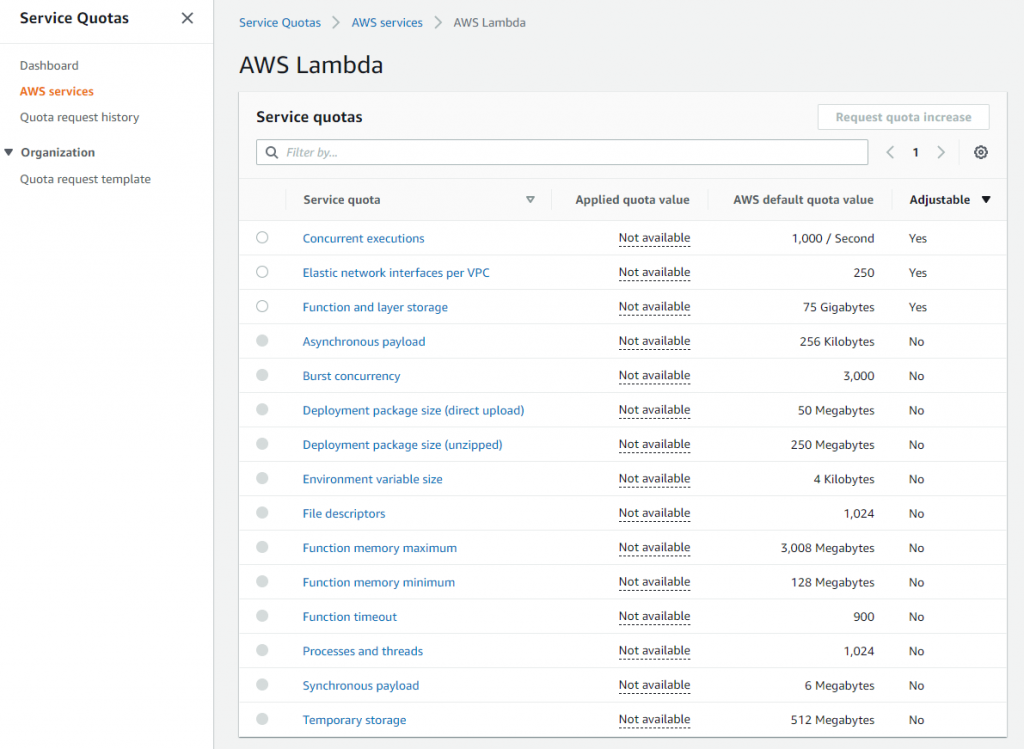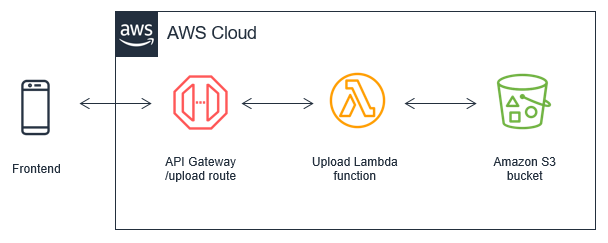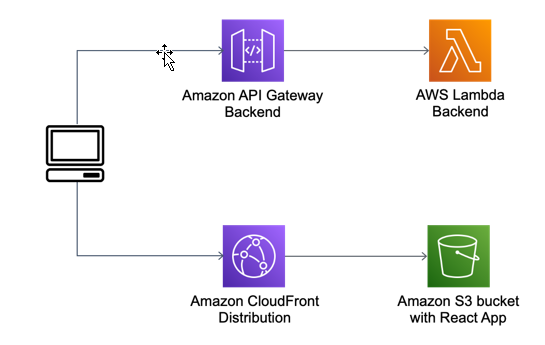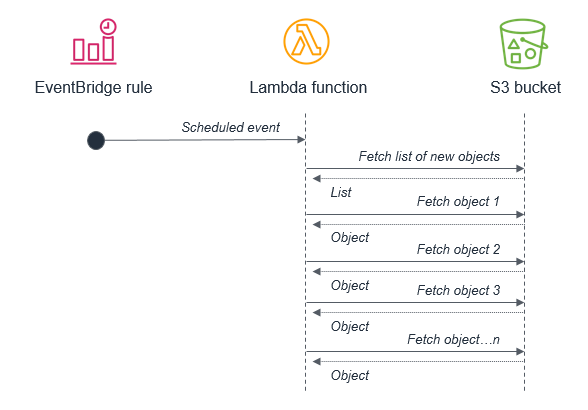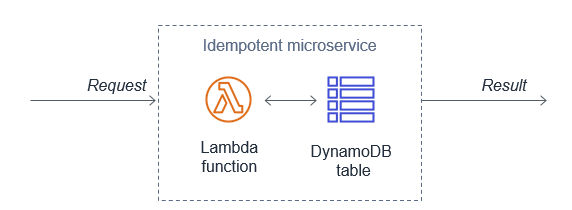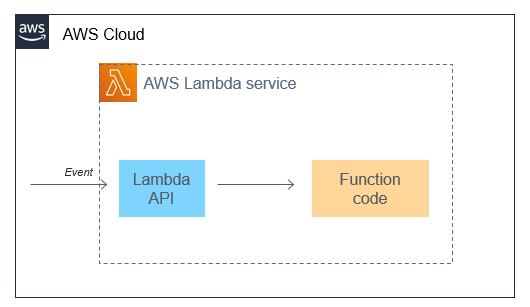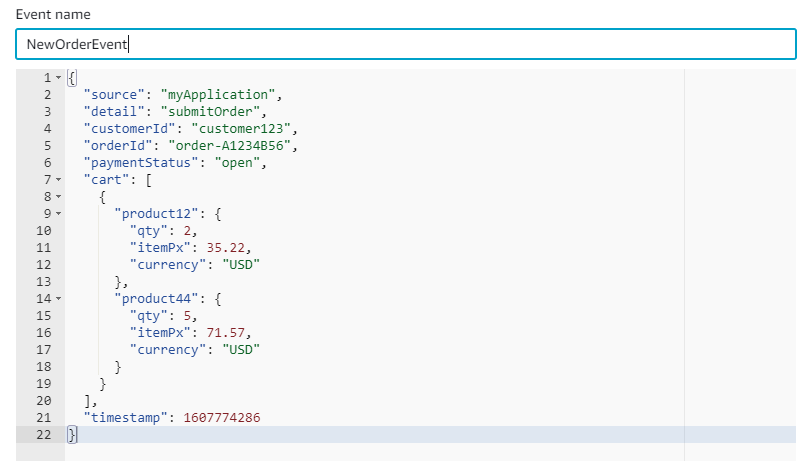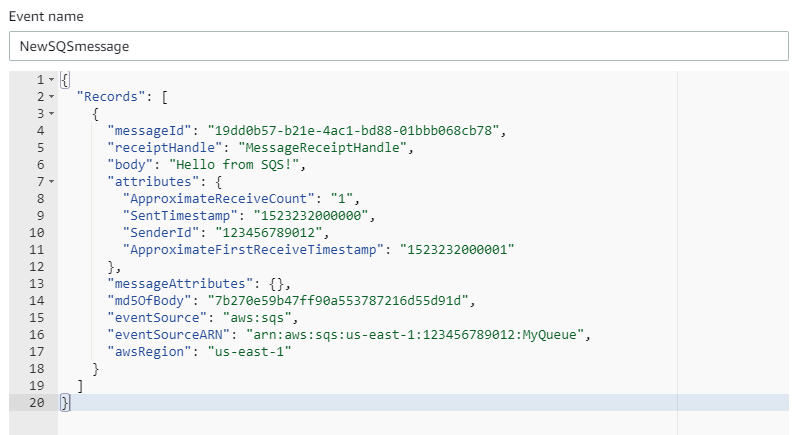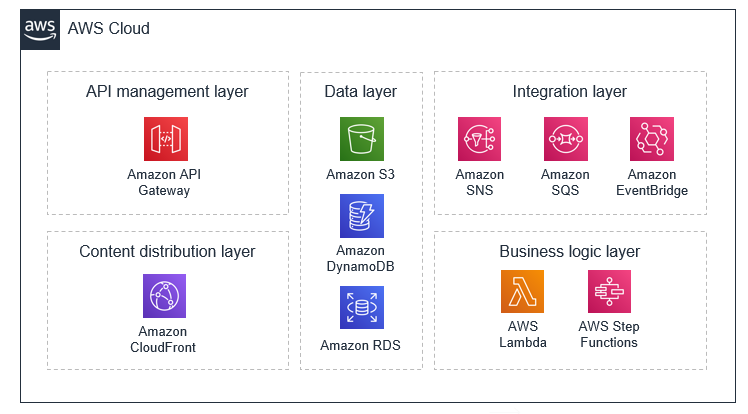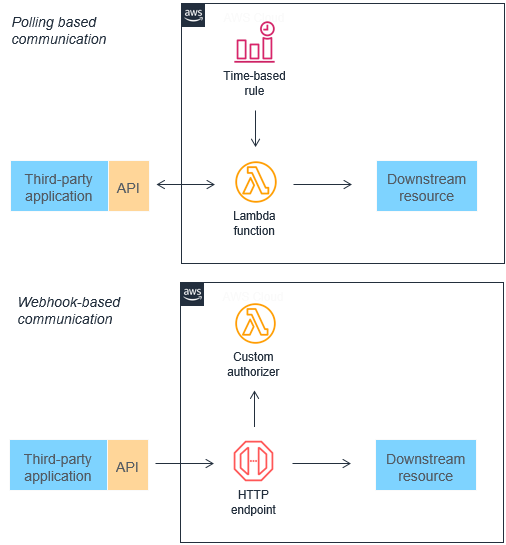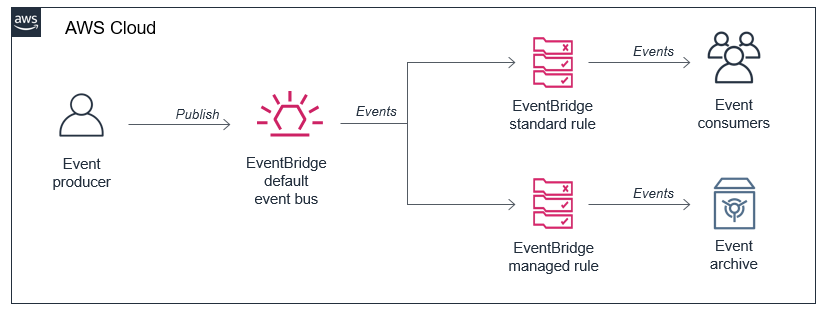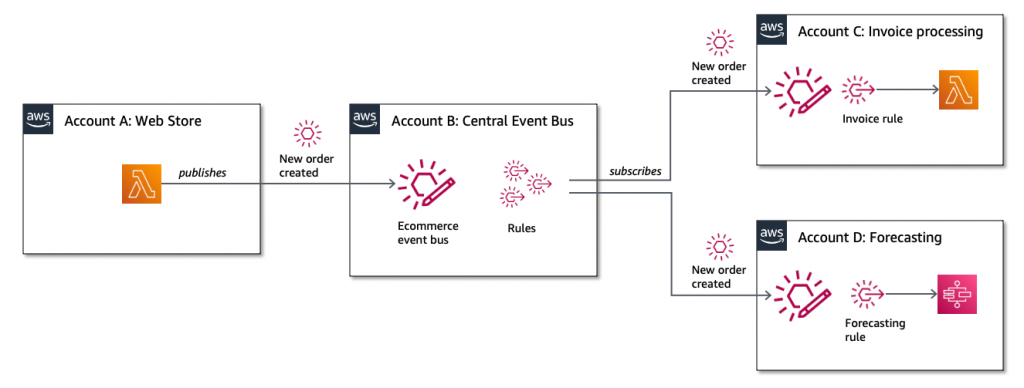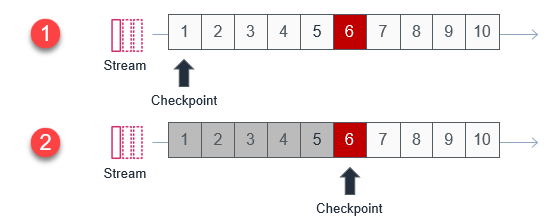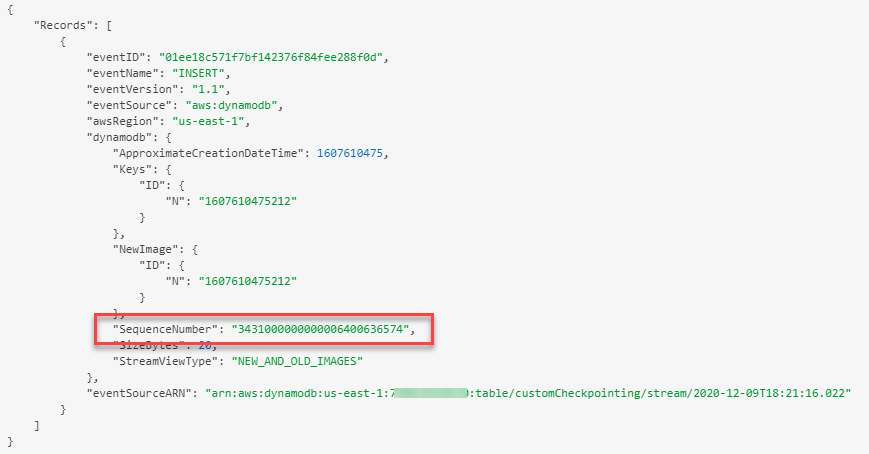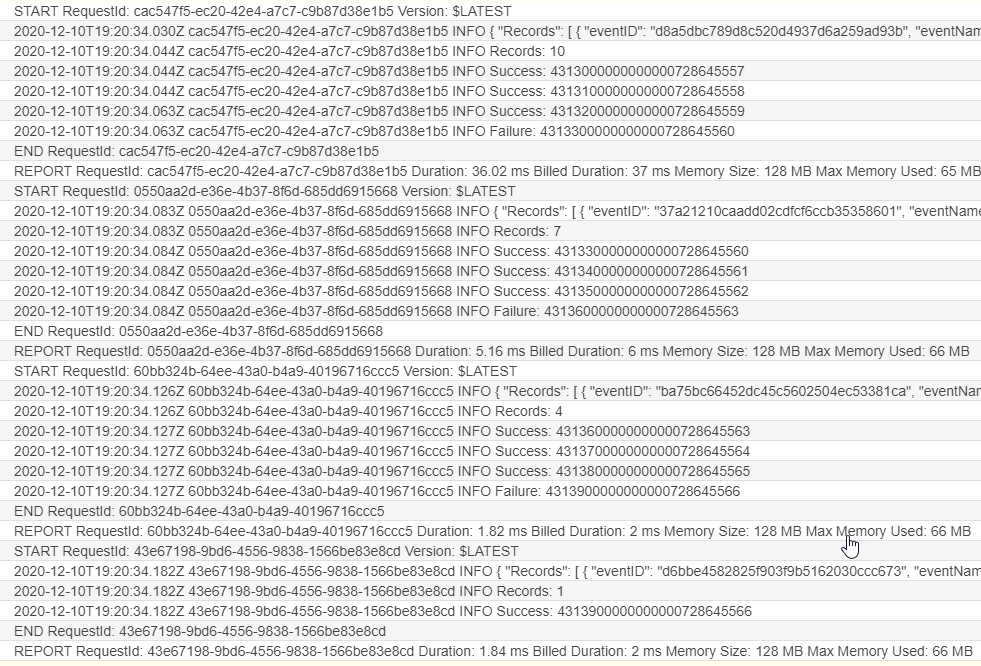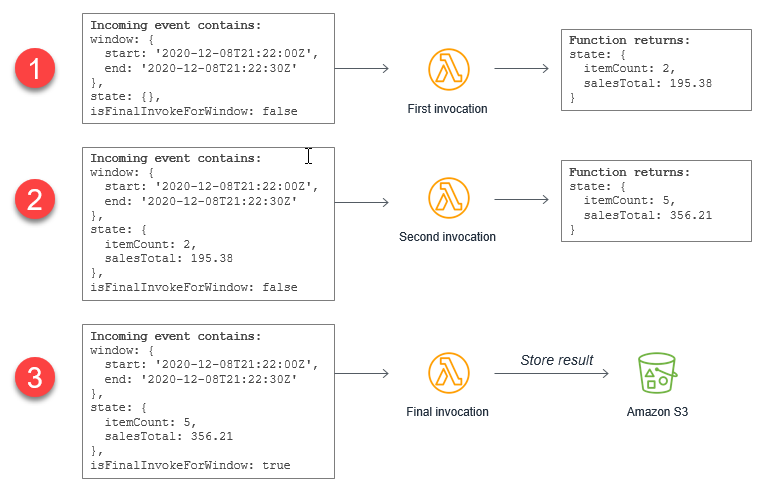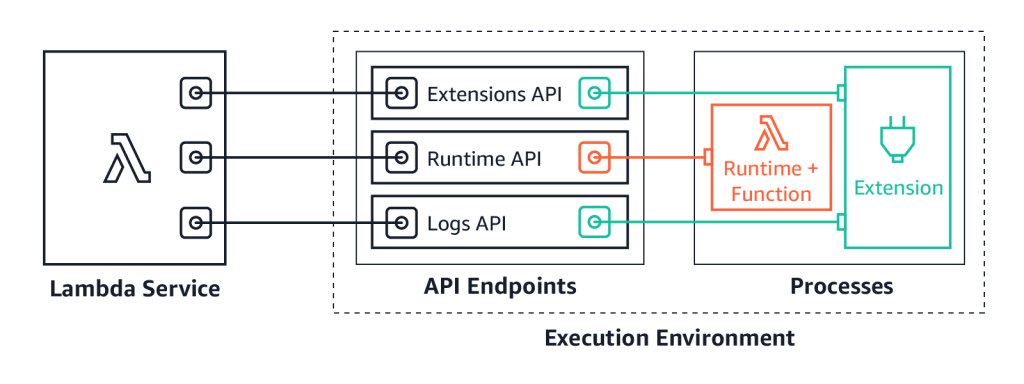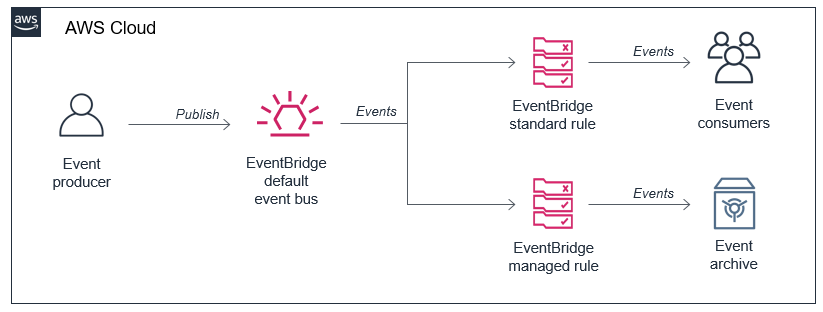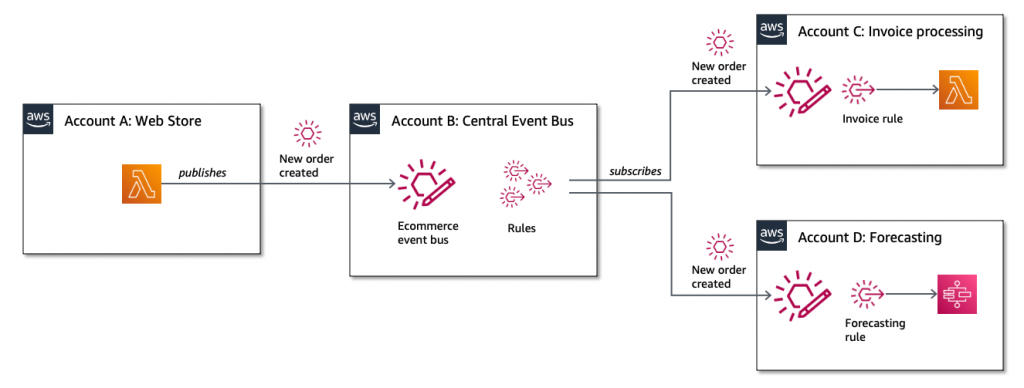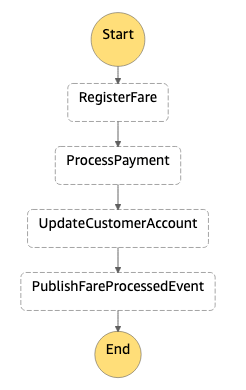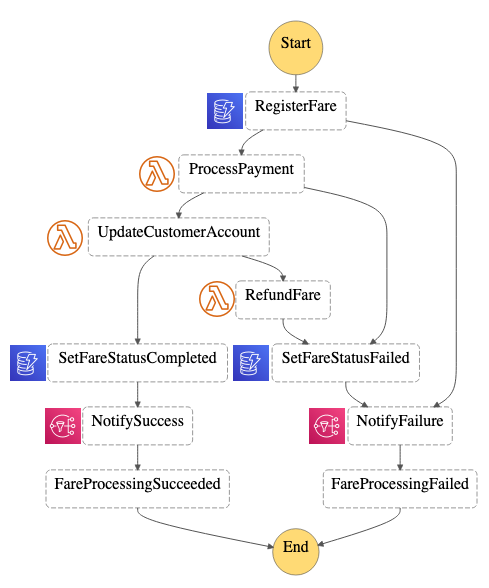Post Syndicated from James Beswick original https://aws.amazon.com/blogs/compute/extending-saas-products-with-serverless-functions/
This post was written by Santiago Cardenas, Sr Partner SA. and Nir Mashkowski, Principal Product Manager.
Increasingly, customers turn to software as a service (SaaS) solutions for the potential of lowering the total cost of ownership (TCO). This enables customers to focus their teams on business priorities instead of managing and maintaining software and infrastructure. Startups are building SaaS products for a wide variety of common application types to take advantage of these market needs.
As SaaS accelerates adoption, enterprise customers expect the same capabilities that are available with traditional, on-premises software. They want the ability to customize system behavior and use rich integrations that can help build solutions rapidly.
For customization and extensibility, many independent software vendors (ISVs) are building application programming interfaces (APIs) and integration hooks. To extend these capabilities, many SaaS builders expose a common set of APIs:
- Event APIs emit events when SaaS entities change. Synchronous event APIs block the SaaS action until the API completes a request. Asynchronous are non-blocking and use mechanisms like pub/sub and webhooks to inform the caller of updates. Event APIs are used for many purposes, such as enriching incoming data or triggering workflows.
- CRUD APIs allow developers to interact with entities within the SaaS product. They can be used by mobile or web clients to add, update, and remove records, for example.
- Schema APIs allow developers to create data entities in the SaaS product, such as tables, key-value stores, or document repositories.
- User experience (UX) components. Many SaaS products include an SDK that helps provide a consistent look-and-feel and built-in support for common functions, such as authentication. Components are sometimes delivered as code libraries or as an online API that renders the UI.
Business systems expose different subsets of the APIs based on the application domain. Extensibility models are built on top of those APIs and can take various different forms. ISVs use these APIs to build features such as “no code” workflow engines, UX, and report generators. In those cases, the SaaS product runs a domain-specific language (DSL) where it controls compute, storage, and memory consumption.
This level of customization is acceptable for many business users. However, for more sophisticated customization, this requires the ability to write custom code. When coding is needed, some business systems choose to provide sandboxing for the user code within the service. Others choose to ask developers to host the extensibility model themselves.
The growth of vendor-hosted SaaS extensions
First-generation SaaS products essentially “lift and shift” on-premises enterprise software, where each customer has a copy of the entire stack. This single tenant model offers simplicity, a smaller blast radius, and faster time to market.
Newer, born-in-the-cloud SaaS products implement a multi-tenant approach, where all resources are shared across customers. This model may be easier to maintain but can present challenges for handling security, isolation, and resource allocation.
Multi-tenancy challenges are harder when customers can run custom code inside the SaaS infrastructure. To solve this, SaaS builders may start with a customer hosted approach, where customers implement their own extensions by consuming SaaS APIs. This means customers must learn and install an SDK, deploy, and maintain an app in their cloud. This often results in higher cost and slower time to market.
To simplify this model, SaaS builders are finding ways to allow developers to write code directly within the SaaS product. The event driven, pay-per-execution, and polyglot nature of serverless functions provides new capabilities for implementing SaaS extensibility. This model is called vendor hosted SaaS extensions.
SaaS builders are using AWS Lambda for serverless functions to provide flexible compute options to their customers. The goal is to abstract away and simplify the consumption model. AWS provides SaaS builders with features and controls to customize the execution environments as part of their own SaaS product. This allows SaaS owners more flexibility when deciding on isolation models, usability, and cost considerations.
Isolating tenant requests
Isolation of customer requests is important both at the product level and at the tenant level. Product-level isolation focuses on controlling and enforcing the access to data between tenants. It ensures that one tenant is separated from another tenant’s functions. Tenant-level isolation focuses on resources allocated to serve requests. These may include identity, network and internet access, file system access, and memory/CPU allocation.
Usability
SaaS product owners can allow customers to use familiar programming languages within the serverless functions. This allows customers to grow with the service and potentially host and scale independently, using their own infrastructure.
Usability considers the domain and industry of the product. For example, if the SaaS product enables data processing, it may enable invocation of serverless functions during these workflows. Additionally, these functions may provide the customer the context of the user, application, tenant, and the domain. A streamlined, opinionated deployment workflow that abstracts away initial configuration can also aid customer adoption.
Managing costs
Cost is an important factor in driving adoption. It’s an important differentiator to pay only for the resources used, while being able to scale in response to events. This can help reduce costs that are passed on to SaaS customers.
Examples of SaaS product extensibility
Multiple AWS Partners are extending their SaaS product using Lambda for on-demand scalable compute. This enables them to focus on enriching the customer experience that is associated with their business domain. Examples include:
- Segment Functions, which seamlessly integrates as a source or destination. The service uses code snippets to allow customers to enrich data, enforce consistency, and connect to APIs and services that power their workflows.
- Freshworks’ Neo platform provides extensibility using the concept of apps. These are powered by Lambda functions hosting the core business logic and backends. Apps are triggered by unplanned and scheduled Freshworks events (customer support tickets, IT service cases, contacts, and deal updates), in addition to app-specific and external events.
- Netlify Functions enables customers to supercharge frontend code with functions in their development workflow. These can power automated triggers, connect to third-party APIs, or provide user authentication.
All of these SaaS partners abstract away the deployment, versioning, and configuration of custom code using Lambda.
Conclusion
As customers increasingly use SaaS solutions in their businesses, they want the same customization and extensibility available in on-premises solutions. SaaS partners have developed APIs and integration hooks to help address this need. For more sophisticated customization, products enable custom code to run within their SaaS workflows.
This presents SaaS partners with isolation, usability, and cost challenges and many of them are now using serverless functions to address these challenges. Lambda provides a pay-per-value compute service that scales automatically to meet customer demand. Segment Functions, Freshworks, and Netlify Functions have all used Lambda to provide extensibility to their customers.
Lambda continues to develop features and functionality to power the extensibility of SaaS products. We look forward to seeing the new ways you use Lambda to extend your SaaS product for your customers. Share your Lambda extensibility story with us at [email protected].
For more serverless learning resources, visit Serverless Land.
